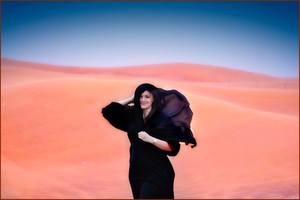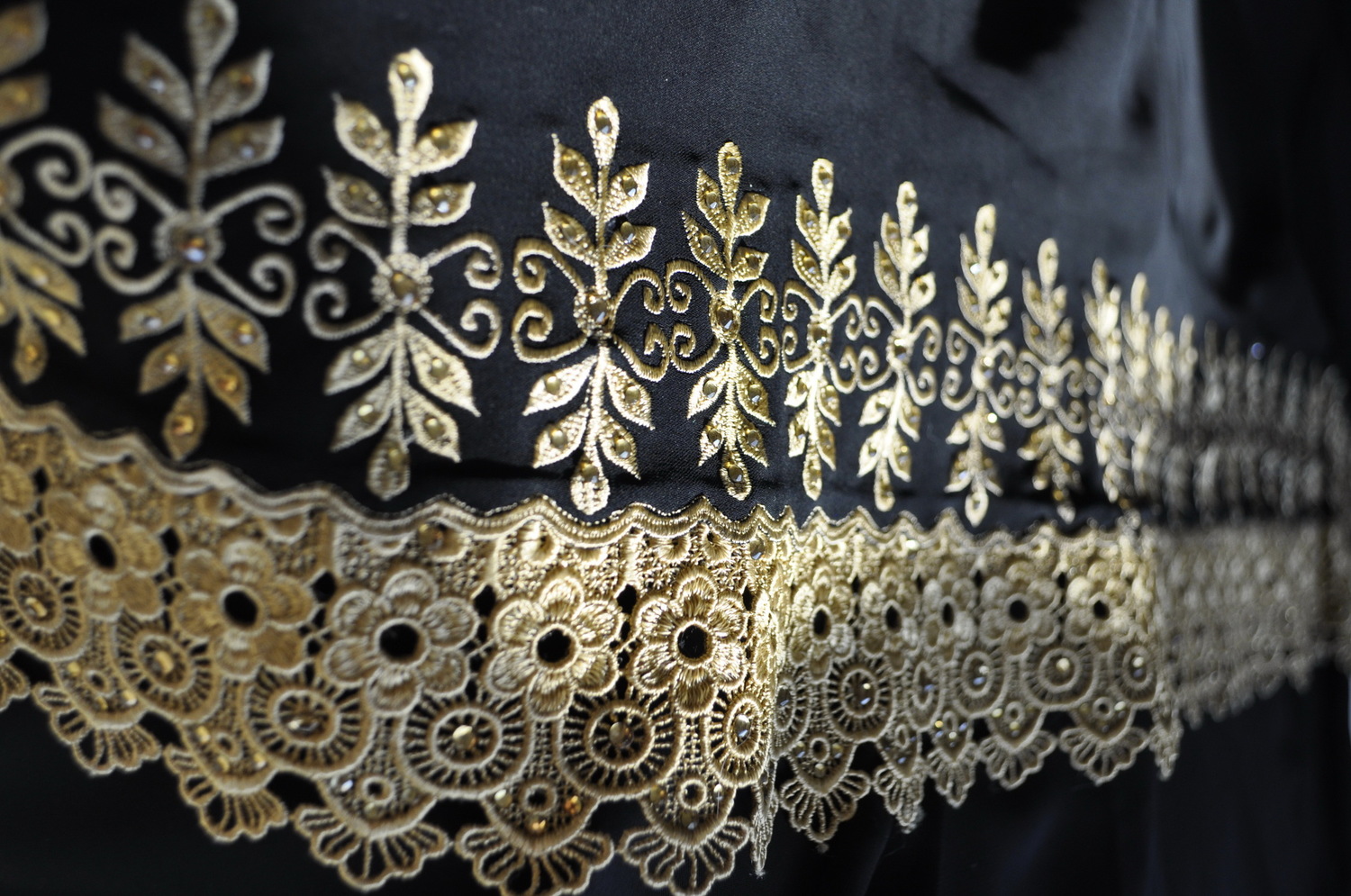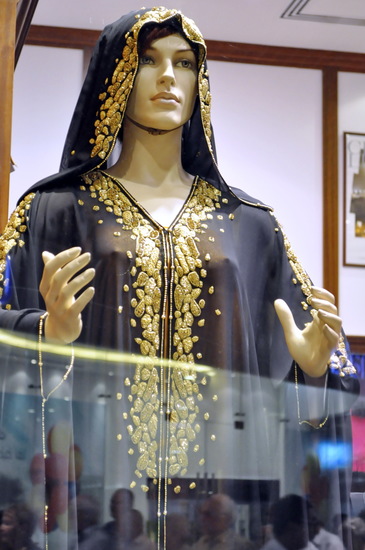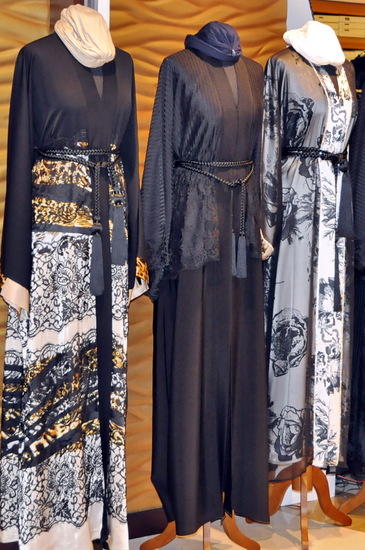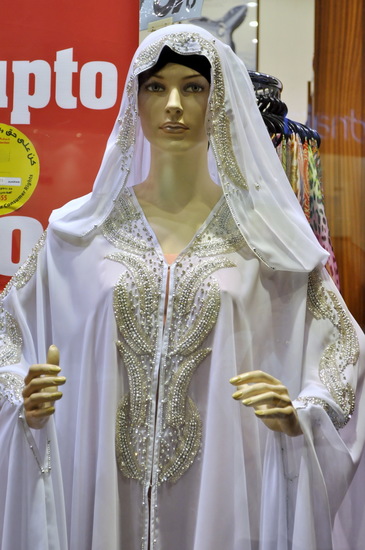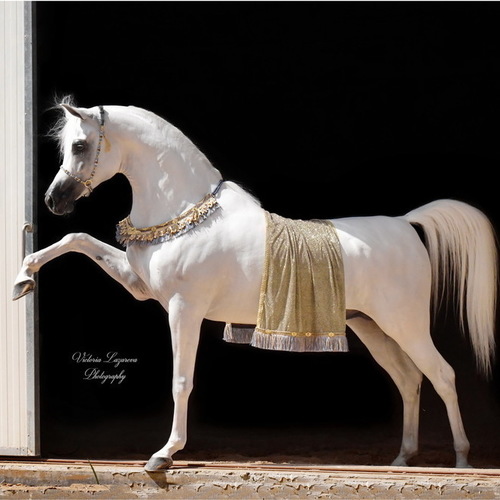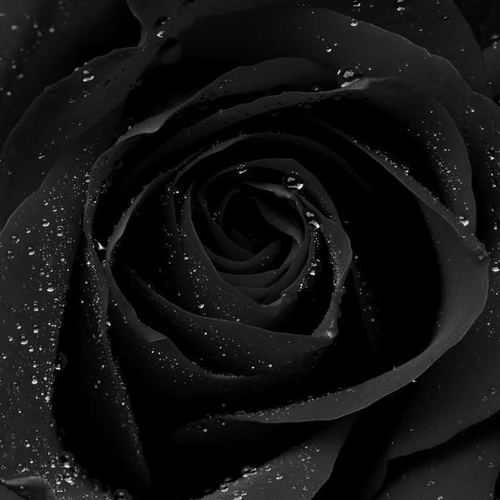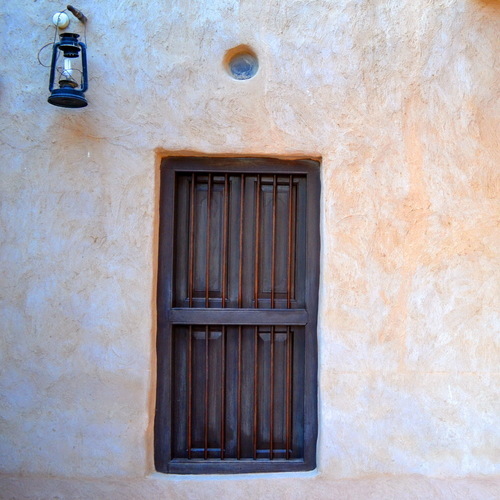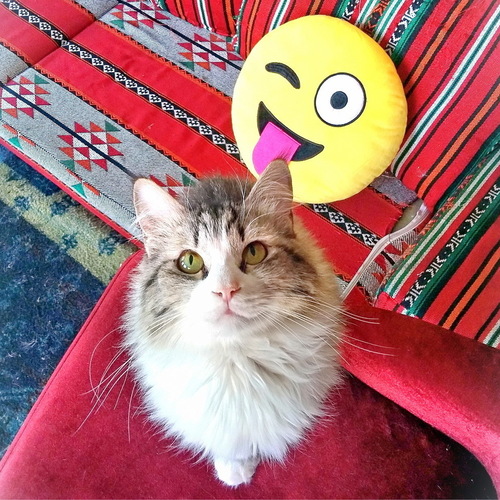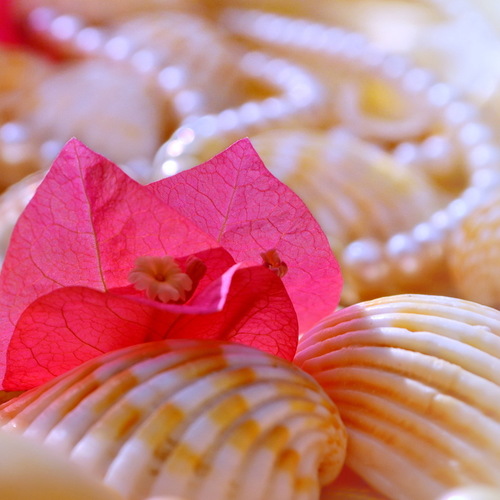Abayas. From a Cover to a beautiful Dress
At the same time your eyes keep registering the details and now you clearly see: the traditional Arabic cloak dresses do not all look the same. Yes, they are almost always of a colour black, but each abaya has its own style, cut, design, especially when it comes to the dresses of young ladies.
For centuries the black silk of Arabia had been protected local women from burning rays of sun, sand and dry wind.
Additionally abaya hid the beauties from passionate Eastern men looks. Sort of a dual amulet preserving natural beauty and granting the sense of security.
The traditional abaya is like a butterfly cocoon, cozy inside and plain on the outside. Only the husband, children, parents, siblings and female-friends can enjoy the “bright wings”. Strangers have no access to this delight.
One question is often asked: when did the tradition to wear abaya appear? Abaya pieces found indicate that it appeared about 4,000 years ago in an ancient civilization to the North of Arabia. Later Islam adopted the local practice of using the veil cover for its culture. Abaya has become an integral part of the life in the Arabian Peninsula.
- © Victoria Lazareva, feelingthelife.com
Despite the history and abaya wearing reasons, women of the Persian Gulf countries managed to change its functionality: from the veil cover to a fashionable outfit. And apparently it couldn’t happen otherwise: the world has been changing quickly and the breeze of the feminist freedom has touched Arabia. From the middle of the twentieth century the Eastern beauties have been getting plenty of information on the global fashion trends: Europe, America, Asia.
It’s not a secret that the fair sex is very sensitive to everything exquisite and luxurious.
And that is why the traditional Arabian clothes have undergone changes. New styles have appeared offering the fashionable options of an Arabic dress. Walking around any mall of the Middle East you will see abaya stores with shop windows manikins demonstrating various designs. A surprising discovery is that the abaya stores more or less match the high style of French Fashion Houses, such as Channel or YSL. Each abaya store has its own style, brand and price tag.
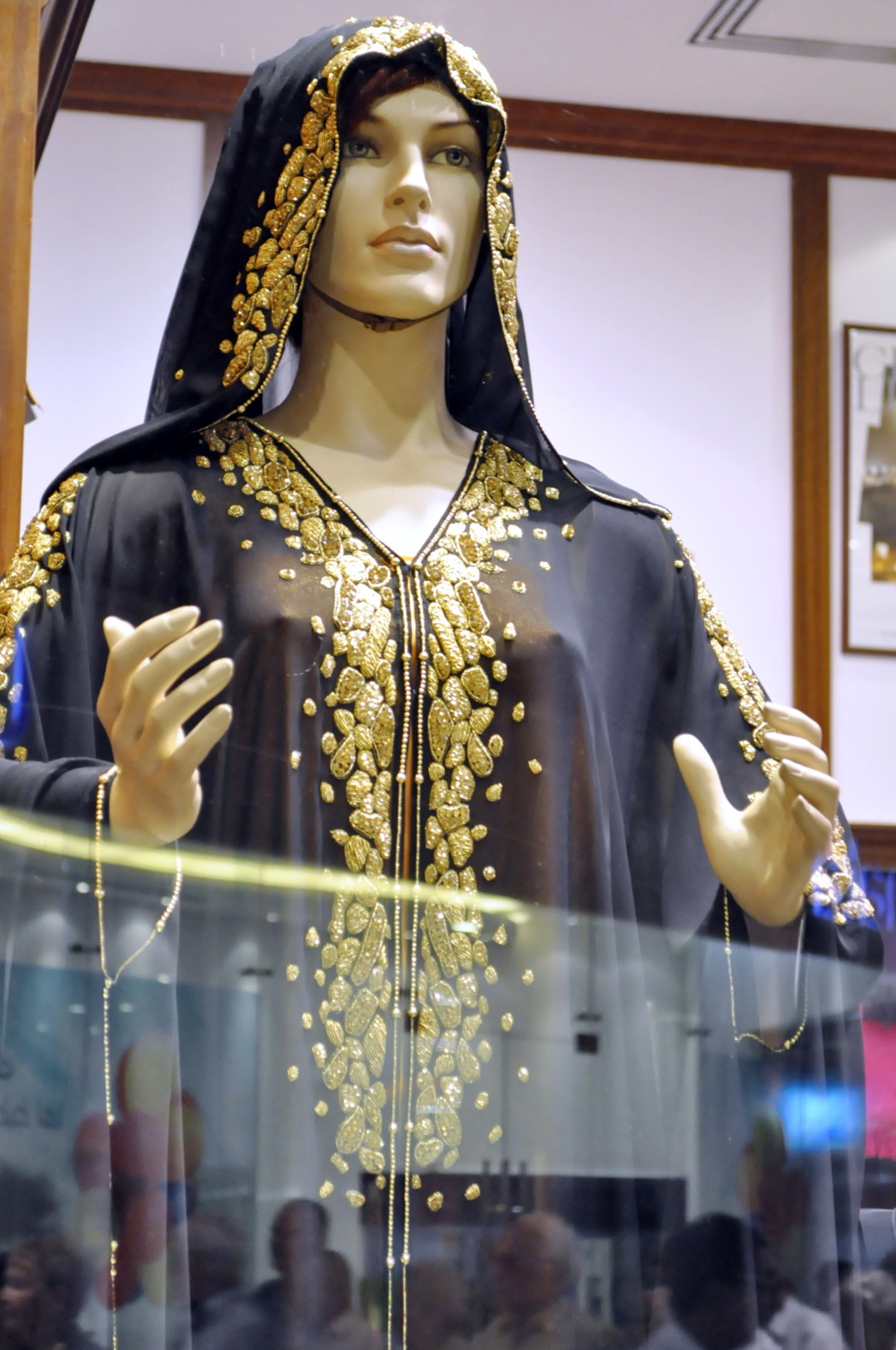
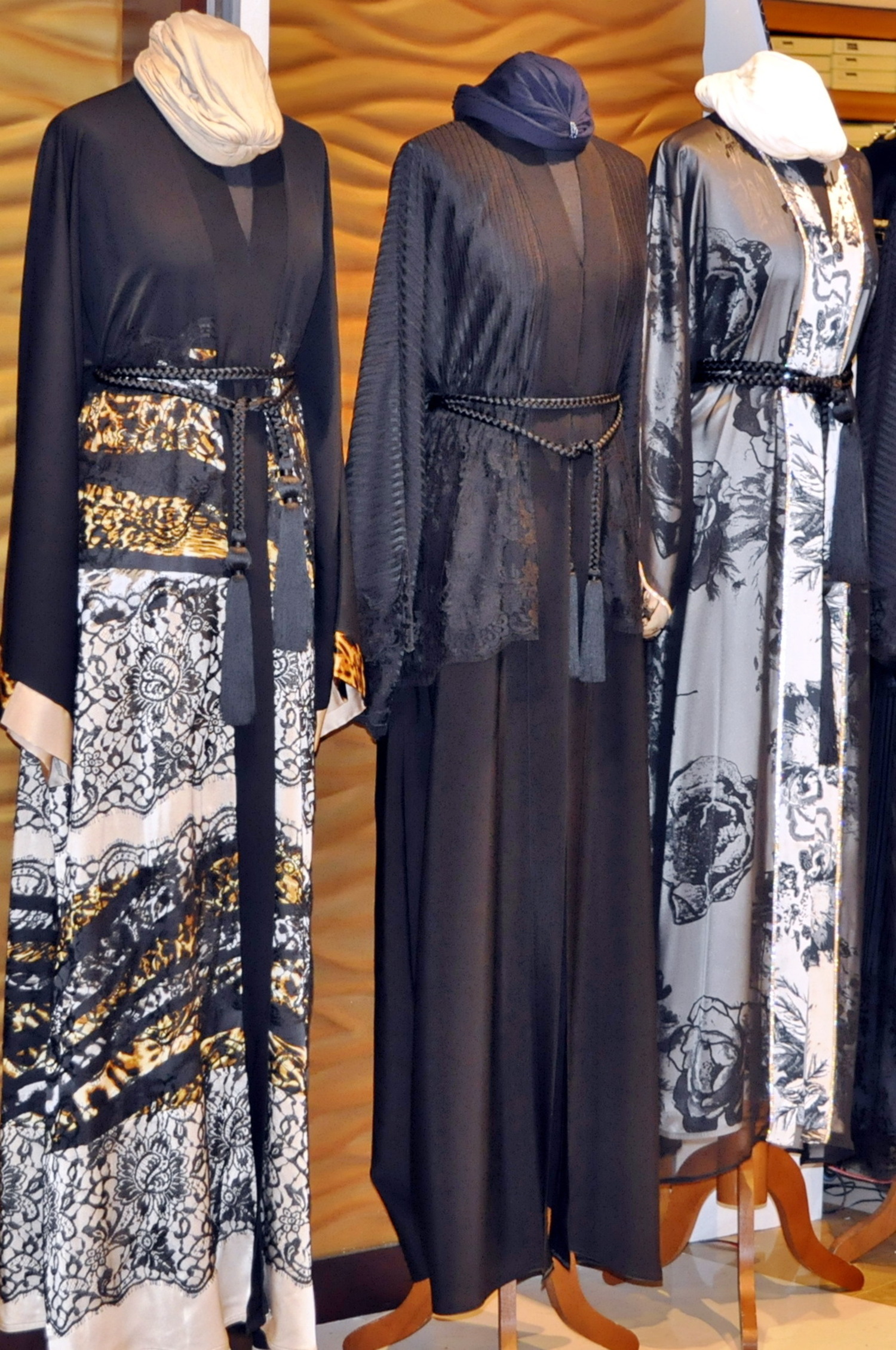
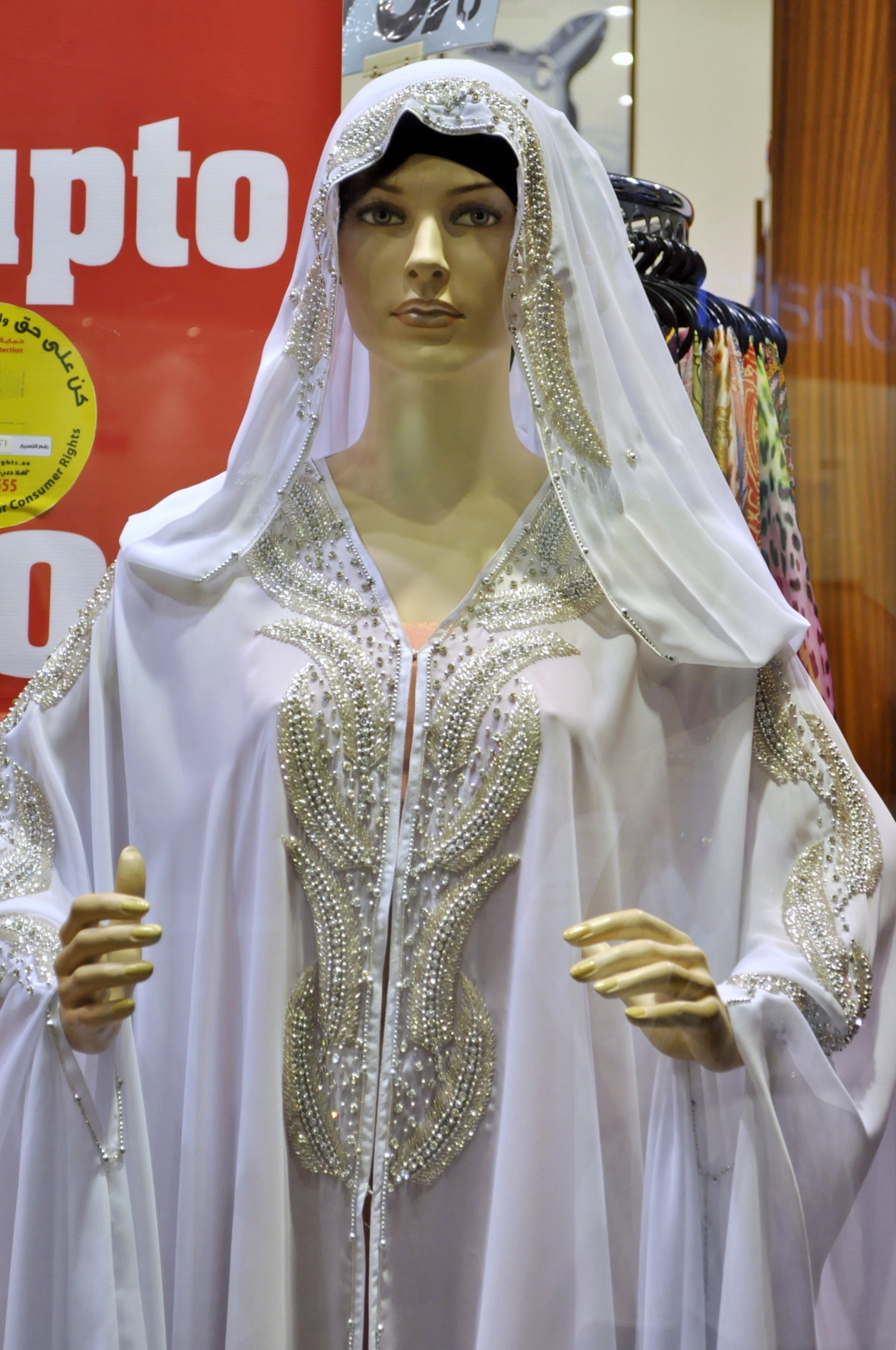
At all times abaya has had one important quality: it was made from the best fabric. If a woman was raised in a rich family then the cloak dress would be made from the most expensive silk. A woman from a poor family wore a cotton abaya, but the cotton was of the best quality from what the family could afford. It indicates that a woman in Arabia has always been a gem that should be taken care of and pleased.
The story does not end here. Abaya details just as of any other dress vary depending on who it will be worm by. Abayas for young girls, adolescents, young and mature women are not the same.
Abaya design and form also depend on the moral values severity in the family. Women from conservative families are still wearing simple and maximum closed cloak dresses.
In families with more relaxed morals women may wear abayas with rich embroidery, crystals, beads or precious stones. Sometimes such bright abayas have a form of a long silk cloak: it can be buttoned or zipped in the front or worn open. Additionally there are abayas for every day wear and abayas for gala occasions, such as wedding for instance.
We might not know the very reasons for the abaya appearing, but we do know that the women of the Persian Gulf countries will keep on using it as fashionable and favorite clothes. Today abaya in the Persian Gulf is the symbol of the Arabic nation, the source of pride. It’s a status of a woman indicating her partiality to one of the most ancient cultures on Earth.
